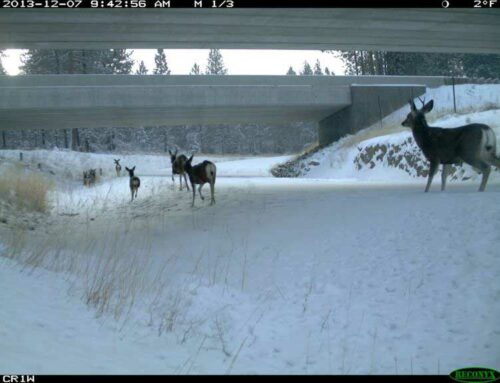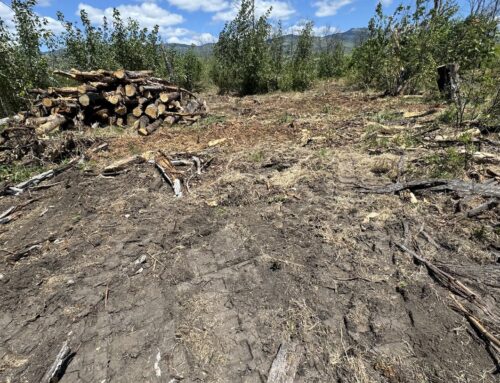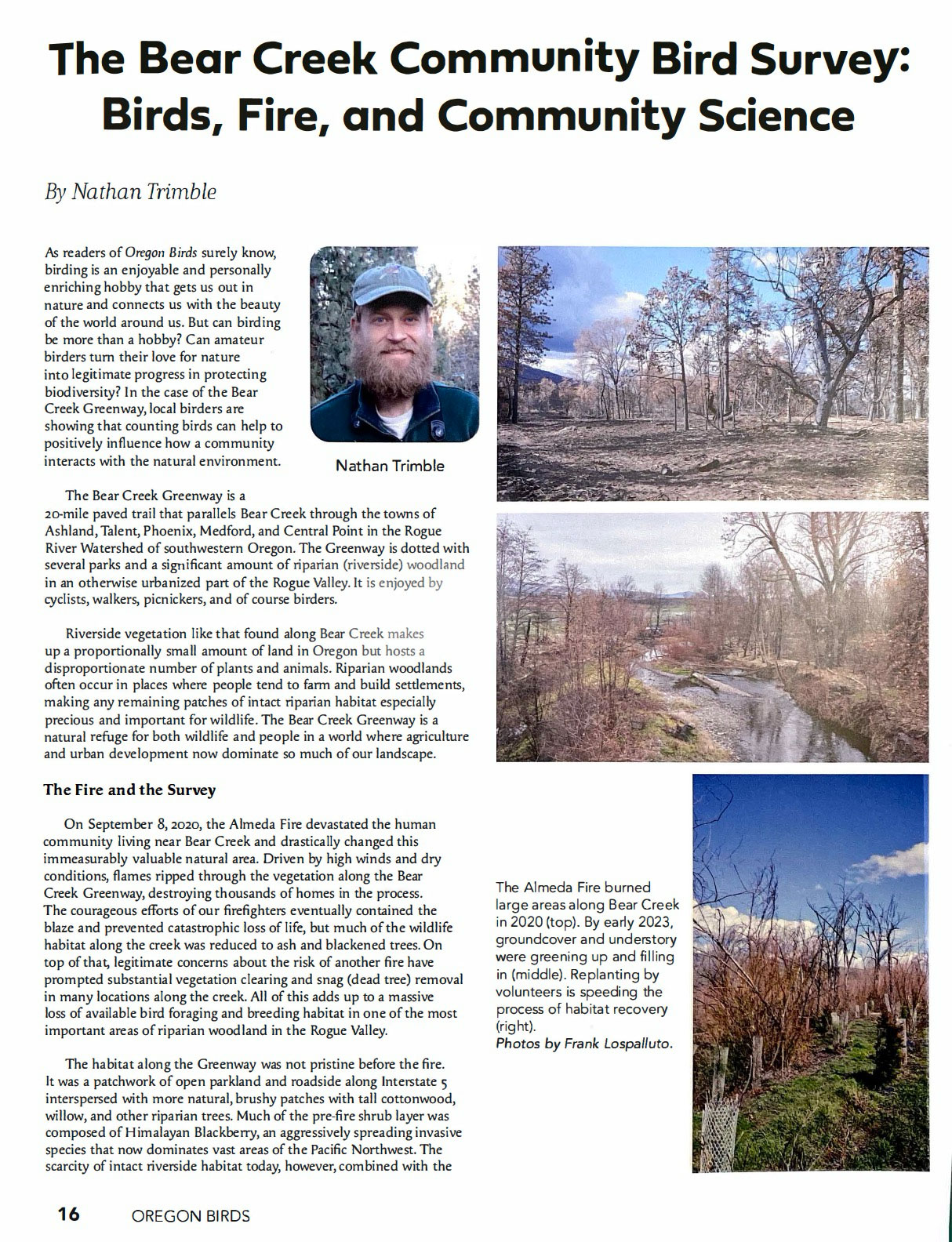July 13, 2020
Lauren Brown
Field Manager Ashland Resource Area
Medford BLM
3040 Biddle Road
Medford, OR 97504
RE: Bear Grub Timber Sale EA Comments
DOI-BLM-ORWA-M060-2020-0001-EA
Dear Ms. Brown:
The Rogue Valley Audubon Society (RVAS) is a chapter of the National Audubon Society with over 500 members in Jackson County. The survival of the Northern Spotted Owl is of particular concern to RVAS members. Therefore, we will limit our comments on the proposed Bear Grub Timber Sale specifically to that issue. More generally, however, we have extensive objections to this proposed sale and its inadequate EA, and endorse the detailed and comprehensive comments submitted by KS Wild.
The Bear Grub EA proposes extensive “group selection” and “regeneration harvest” clearcut-style logging, including of large-diameter trees. It also envisions additional road building. All of these activities are well known to degrade Northern Spotted Owl habitat. Thus, it would be expected that the EA would contain detailed analysis of the impacts of the project on this federally-listed endangered species. Unfortunately, nothing could be further from the truth.
Regarding impacts on Northern Spotted Owls (NSO), the Bear Grub EA states “The BLM did not analyze this issue in further detail because there is no potential for significant effects beyond those already analyzed in the 2016 Proposed RMP/Final EIS, to which this EA is tiered” (A-21). The entire NSO section of the EA (Section A.1.9) repeatedly attempts to justify BLM’s failure to conduct site-specific analysis by referring to the 2016 RMP. This violates NEPA, which holds that relying on a broad programmatic analysis to inform a site-specific plan (“tiering”) is allowed only when that programmatic analysis actually includes site-specific data. The RMP contains no data concerning Northern Spotted Owls specific to the Bear Grub project area.
This is part of a repeated pattern in which the EA fails to provide site-specific analysis or information. For example, the EA does not list the location of NSO Nesting-Foraging-Roosting (NRF) stands that will be affected by the planned logging and road construction. It also fails to outline any measures to protect NSO habitat from encroachment by Barred Owls, despite stating that:
The last two years of annual reports for this study area [the South Cascade Demography Study area, located approximately 20 miles east of the Bear Grub project area] indicated a decline in the spotted owl population and an increase in barred owl detections (Dugger et al., 2019, Dugger et al., 2020, Lesmeister et al., 2019, Lesmeister et al., 2020), which supports the overall spotted owl population decline predicted in the PRMP/FEIS. (A-23)
It is well documented that Barred Owls represent a severe threat to the viability of Northern Spotted Owl populations. Medford BLM’s response in this EA can be summed up as: “Oh, well.” It is impermissible that the Bear Grub EA fails to consider the impacts of the planned logging and road-building on encouraging further encroachment of Barred Owls into Spotted Owl NRF habitat. On page A-21, the EA states
That analysis [the 2016 RMP/FEIS] acknowledged that the BLM will not authorize timber sales that would cause the incidental take of NSO territorial pairs or resident singles from timber harvest until implementation of a barred owl management program, consistent with the assumptions contained in the BO on the RMP has begun.
Despite this, the EA then attempts to hand-wave this issue away by referring, yet again, to the FEIS, without any site-specific analysis in the Bear Grub project area:
The BLM, in the FEIS, analyzed the effect of this harvest of NSO habitat together with the effects of other RMP decisions and concluded that implementation of the RMP as a whole would contribute to a landscape that supports large blocks of NSO habitat that are capable of supporting clusters of reproducing owls, distributed across a variety of ecological conditions and spaced to facilitate owl movement between the blocks (USDI 2016b, pp. 932-941). Those analyses are incorporated here by reference. [A-21].
This statement is so general as to be meaningless. To add insult to injury, the EA uses BLM’s own failure to gather timely and site-specific data as justification for its proposal: “…there is no new information that would substantially change the conclusion reached in the FEIS” (A-23).
By removing large-diameter trees and further fragmenting forest habitat by road-building, the Bear Grub project will create conditions favoring Barred Owls and disadvantaging Northern Spotted Owls. BLM needs to conduct explicit, site-specific analyses of the impact of this project on Barred Owl population expansion, including cumulative impacts in relation to other Medford BLM projects.
In conclusion, we take note of the detailed Bear Grub “Citizens’ Alternative” that incorporates dry forest management elements which have been successfully employed in other Ashland Resource Area projects. This alternative would protect Northern Spotted Owl habitat, and is endorsed by a variety of concerned stakeholders and local groups, including KS Wild. We urge Medford BLM to engage with the concerned public to modify the Bear Grub project to conform with these principles.
Respectfully submitted,
Pepper W. Trail, Ph.D.
Conservation Co-Chair
Rogue Valley Audubon Society
P.O. Box 8597
Medford, OR 97501






Leave A Comment
You must be logged in to post a comment.